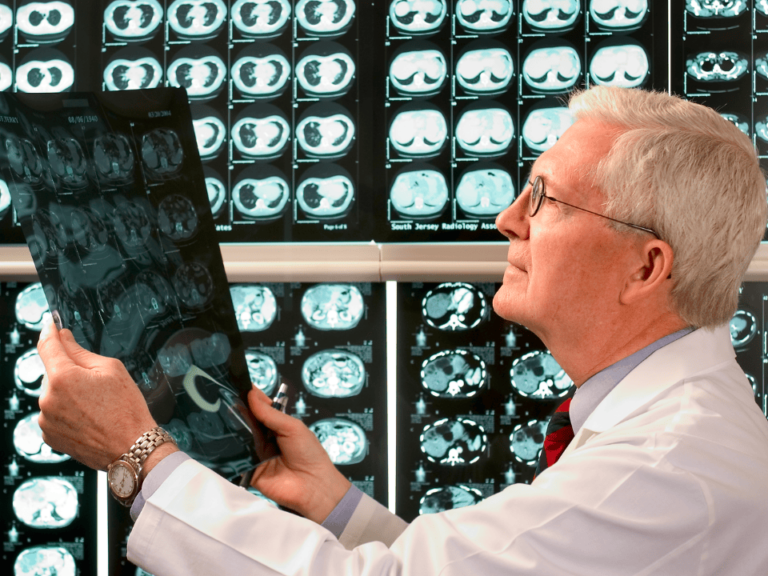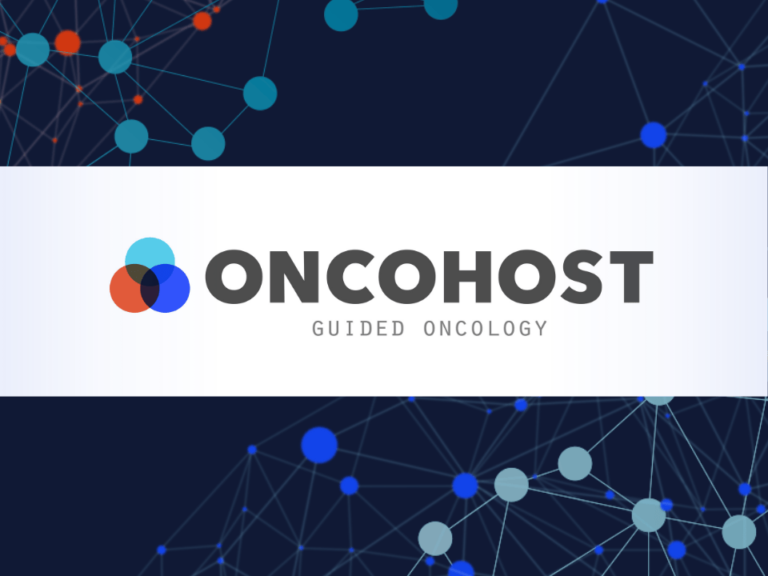FDA has granted Rhenium NanoLiposomes Fast Track Designation for the treatment of patients with recurrent glioblastoma.
Plus Therapeutics Inc. sponsors Rhenium NanoLiposomes (RNL). RNL previously received orphan drug designation from the FDA for RNL for the treatment of patients with glioblastoma.
“With this designation in hand, we intend to move into cohort six of the trial, one key step closer to bringing forth a novel therapy for these patients,” Marc Hedrick, president and chief executive officer of Plus Therapeutics said in a statement.
RNL is being evaluated in the NIH/NCI-supported, multi-center ReSPECT phase I dose-finding clinical trial (NCT01906385). The ReSPECT trials’ data and safety monitoring board approved the Plus Therapeutics to proceed to cohort six of the trial, which includes increasing both the drug volume and radiation dose to 8.8 milliliters (mL) and 22.3 millicuries (mCi), respectively.
RNL is designed to safely, effectively, and conveniently deliver a very high dose of radiation, of up to 25 times greater concentration than currently used external beam radiation therapy, directly into the brain tumor for maximum effect.











